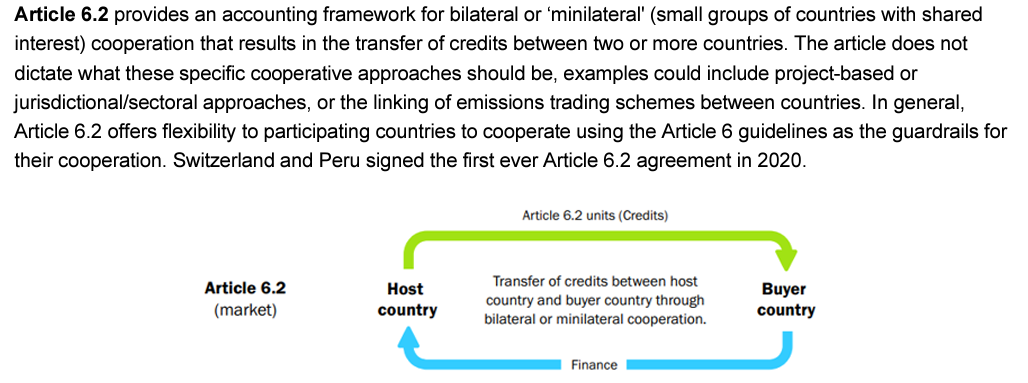Under the Paris Agreement, Article 6.2 allows countries to exchange emissions reductions and removals through bilateral agreements—country to country. Despite stalled progress on final details for Article 6.2 at COP28, the mechanism is in operation with guardrails that push countries toward high-integrity programs. New bilateral agreements continue to emerge under the mechanism and mobilize needed capital.
In a webinar hosted by Browning Environmental Communications and Environmental Defense Fund (available to stream here), we discussed the key elements of high integrity under Article 6.2, and why it’s critical for effective climate action under the rule.
While some details, including verification processes, are directly agreed upon between countries in their agreements, there are overarching parameters informing deals made through Article 6.2.
Under the Article 6 rule book, all Article 6.2 trades must:
- Cause no harm – be it environmental, economic, or social.
- Respect human rights and the rights of Indigenous Peoples and Local Communities.
- Maintain integrity and ambition; for instance, countries must ensure there is no double counting via corresponding adjustments, create conservative baselines that ensure ambitious results, confirm additionality, establish systems that address risks of reversals, and assure that carbon trading does not lead to an increase in net emissions.
Countries can, have, and continue to, draw upon other existing standards across carbon markets to design high-integrity deals under Article 6.2:
- Existing carbon credit integrity standards offer guardrails. For example, governments can draw on the work of ICVCM and existing standards, such as CORSIA, to develop strong Article 6.2 deal frameworks and ensure a high-integrity marketplace. This ultimately builds on the emerging global consensus for threshold requirements for high-integrity carbon credit markets.
- There are substantial resources for countries engaging in bilateral agreements under Article 6.2, including those provided through the VCMI Access Strategy.
- From both the buy and sell sides, we are seeing good emerging practices across Article 6.2 agreements. For example, Kenya has a strong early mover framework.
We have six years – until 2030 – to hit the scope and scale needed to make a material impact on the existential threat of climate change. Delivering an efficient flow of financial capital from the Global North to the Global South, Article 6.2 is a vital mechanism for meeting Paris Agreement goals.
For this, we need trillions of dollars and public financing can only provide so much. The private sector, through Article 6.2, can help fill this gap. Furthermore, Article 6.2 programs offer a pathway for all countries, particularly those in the Global South, to scale climate action projects by moving money to frontline communities.
Additionally, many Global South countries have put forward conditional NDCs – meaning targets that are predicated on receiving international climate finance. Through Article 6.2, countries can further contribute to climate finance mobilization and global climate action.
While there was a lack of progress on Article 6.2 forms and reporting procedures at COP28, the mechanism continues to deliver high-integrity climate action. Since COP28, there has been significant progress under the Article 6.2 mechanism, such as 13 new bilateral agreements and the first issuance under Article 6.2 of 1,916 ITMOs (Internationally Transferred Mitigation Outcomes).
Article 6.2 is an exciting and important space to watch in climate, and we hope to see further progress on Article 6.2 at the Bonn Climate Change Conference in June 2024 and at COP29 in Azerbaijan in November.
For more information on Article 6, see our Guide to Article 6 here.










